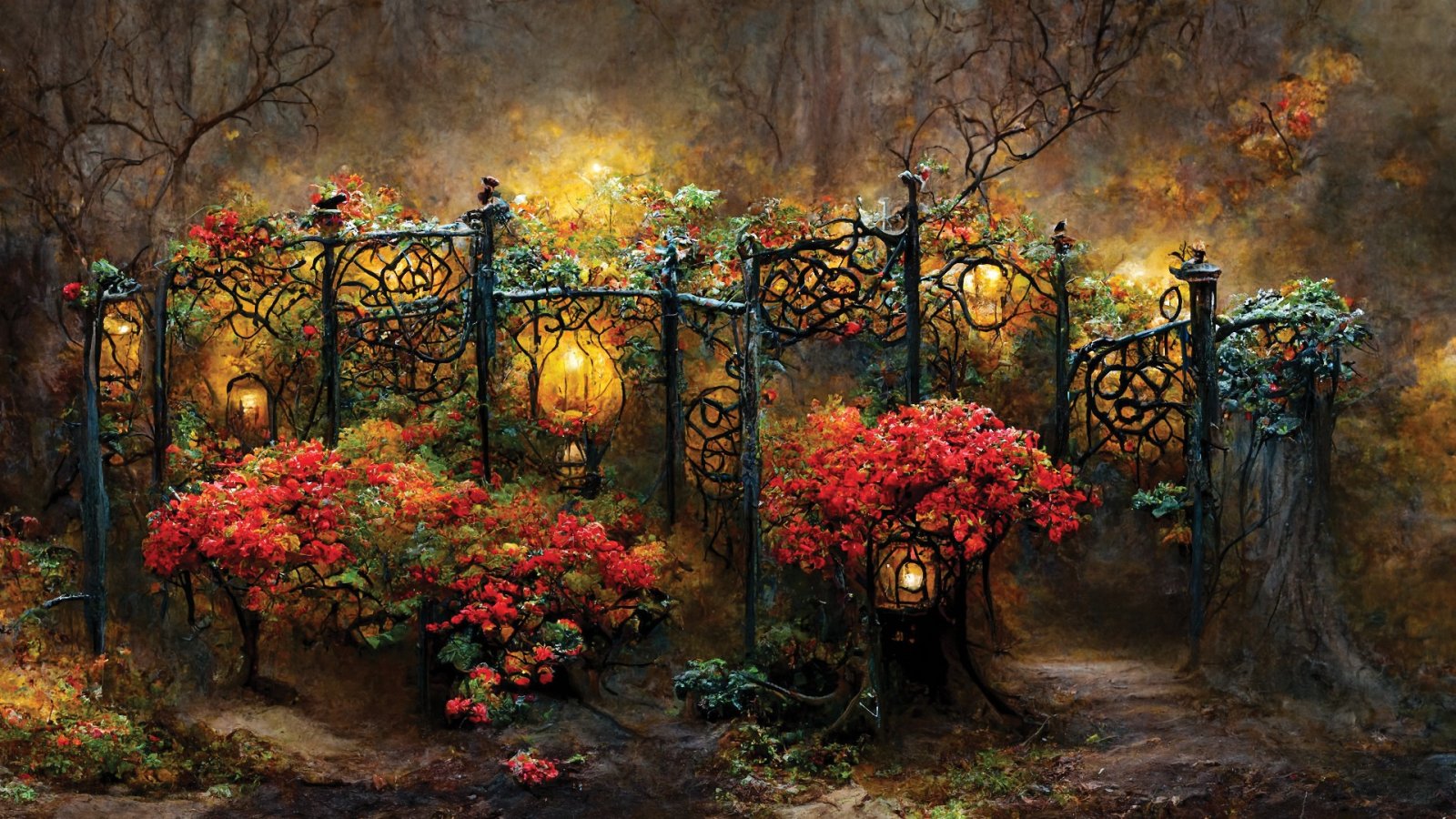At any Vermeer exhibition in the art world, visitors might find out that only half of the works on display were actually created by the hands of the artist himself.
Before Vermeer's Secrets opened at Washington DC's National Gallery of Art, the gallery revealed that a piece in their collection attributed to the artist, Girl with a Flute, was a fake. The belief had been that Vermeer started the image but it was finished by someone else. Scientific research launched when the gallery was closed during COVID showed that there was nothing that was more skilled than anything on top. The painting was perhaps done by an associate of the artist, someone who worked with Vermeer but was not able to match his style. So, this was an honest production created by someone trying their best to imitate Vermeer.
Looking at The Smiling Girl and The Lacemaker now, it's hard to guess how the rigid, awkward figures and heavy-handed work were ever enacted by the Dutch artist. Vermeer, renowned for his clever use of light and color, which showed his subjects a brand luminosity, would definitely be shocked to be associated with them. But when they appeared on the market in the 1920s, they generated a storm of excitement among collectors, particularly Andrew Mellon, who photographed them before bestowing them to the NGA. They sat next to the gallery's other European chef-d'oeuvres, but suspicions were soon raised about their realism. In the 1970s, scientific analysis proved that the paintings used colors and materials that didn't exist in the 17th Century. The art pieces are considered to be done by the Dutch painter Theodorus van Wijngaarden, who was also a restorer and dealer and a friend of a Vermeer forger - Han Van Meegeren. Why have the works returned to a prime place in the gallery?
Fake art is fascinating especially because you get to see the tricks that a forger used, the ways one planned to make their forgery look like something original that is centuries old. But the NGA isn't the only museum choosing to put forged artwork on show. Presently running at the Taft Museum of Art in Cincinnati, Ohio there is an exhibition called Fakes, Forgeries, and Followers. It is a collection of works of ornamental art that aren't what they first seem. Some of them have been in a warehouse for decades but now they see the light of day as the curator Tamera Lenz Muente reveals for BBC Culture. The collection includes images once thought to have been by Rembrandt van Rijn, John Constable, and Francisco Goya. Some paintings were on display in 2004. But fakes can play a useful role in art history, as they can you about the art market at different times in history. Because objects in high demand cause a need for people to take advantage, and make money out of them.
It might seem bold for a museum to recognize they've been deceived, but the addition of fakes throughout history suggests most galleries have objects that aren't what they first thought. Sometimes, even galleries get things wrong, but they have to admit they were wrong and learn from their mistakes. Are you wondering how many fakes are out there? The truth is no one knows. In 2022, the FBI seized 25 paintings on display at the Orlando Museum of Art that were fakes. The suspicions were increased when it was found that one of the paintings was done on a Fed Ex shipping box. An expert related to the New York Times that the typeface engraved on the box was not used by Fed Ex before 1994, and this was 12 years after the images were said to be made, and six years after Basquiat's death.
Recently, a deliberate exhibition at the National Museum of Slovenia was withdrawn over troubles that some of the artworks that were said to be by Pablo Picasso, Vincent van Gogh, and Henri Matisse – could be fakes. In 2018, the Terrus Museum in Elne, Southern France, devoted to the works of painter Étienne Terru – discovered that 83 of 140 paintings were forgeries. But stories of counterfeit art persist in keeping the headlines while they continue to fascinate everyone. Real-life stories of frauds and imitations in the art world can be as interesting as detective drama. And if you want to know more, we suggest watching the Netflix documentary Made You Look: A True Story About Fake Art. An engaging account of the most significant art scandal of recent times, in which New York's respectable Knoedler museum was accused of selling $80 million worth of forgeries. The fakes included works imitating Mark Rothko and Jackson Pollock but the paintings turned out to be the creation of one man, Pei Shen Qian, who made them all in his garage!






